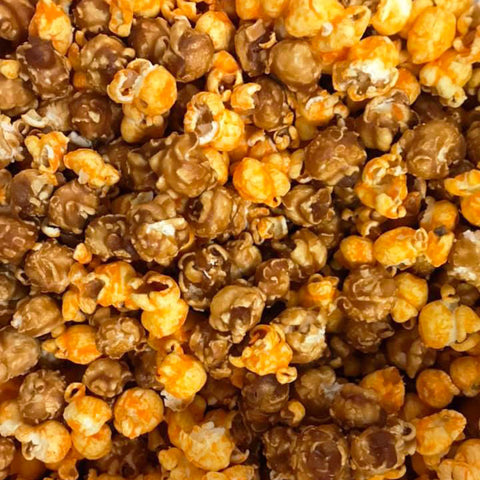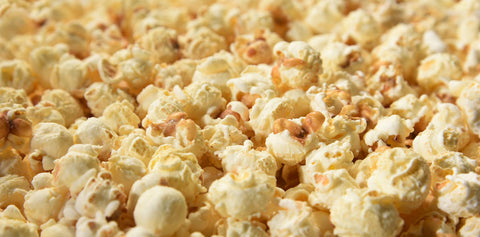Have you ever thought about why popcorn and going to the movie theater go hand in hand? For most of us, popcorn is the perfect snack to have while watching a movie. However, the movie theater experience hasn’t always been what it is today. Even more surprising to us, popcorn wasn’t always paired with movies either.
Early movie theaters had gaudy interiors and lavish accommodations to mimic classical theatre. Because of this interior design, movie theaters discouraged viewers from bringing in messy snacks. During the 1920s, America’s favorite snack, popcorn, had grown immensely in popularity at the circus and on the street. Viewers wanted to enjoy this buttery at theaters as well. Theaters refused, and placed signs at the entrance requesting that patrons check their snacks along with their coats.
As film technology advanced, sound was eventually incorporated into productions, creating a larger audience. In the 1920s, instead of silent films, “Talkies” were the big thing. Now more than ever before, movies were becoming a popular pass-time.
This growth in audience happened just in time for the Great Depression. Movies remained popular as an escape from the stress of daily life. Because of the financial difficulties of the 1930’s the owners of movie theaters looked for new streams of revenue. Popcorn remained America’s favorite snack, in part because it was cheap to produce and snack on. It wasn’t long until movie theaters started selling popcorn themselves.
This was a great opportunity for theater owners to increase their revenue and attract a bigger audience. Charles Cretor invented the electric popcorn machine, which made making popcorn at a theater much easier. Theaters that couldn’t accommodate a popcorn machine would allow local vendors to sell popcorn in the lobby. After popcorn, it took other snacks a whole decade to get into movie theaters.
This link between popcorn and movies only grew stronger as the years went by. One large contributor was WWII. Sugar rationing during World War II made candy production more expensive and difficult. Popcorn went by unaffected by the rationing and remained popular. Films continued to grow as a form of media, offering newsreels with footage of the war.
By the 1950s, popcorn had become synonymous with going to a movie theater. To this day, popcorn and movies make a powerful duo of flavor and entertainment. It’s a century in the making, but popcorn at the movies is here to stay!









